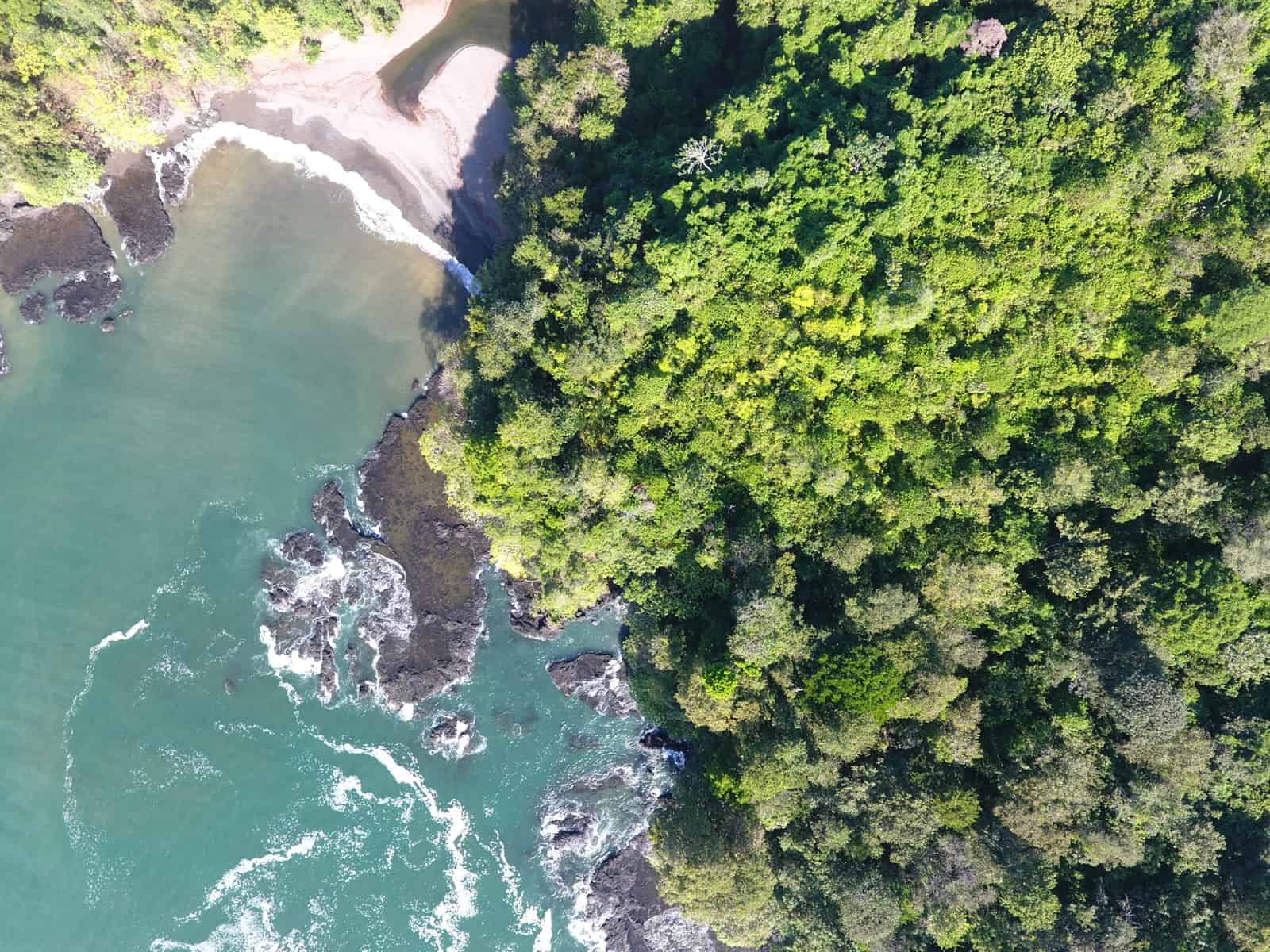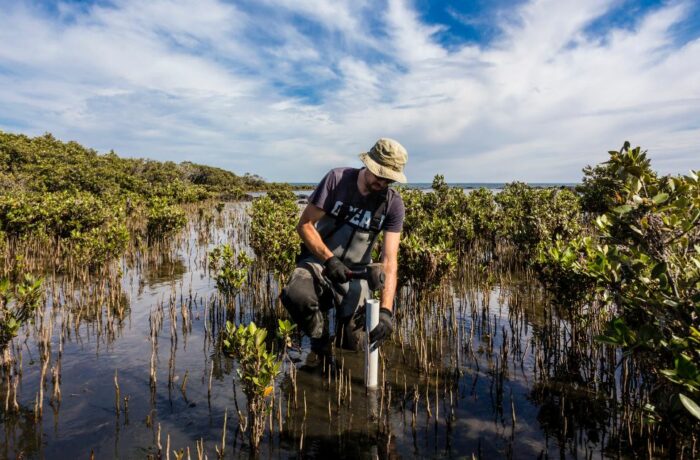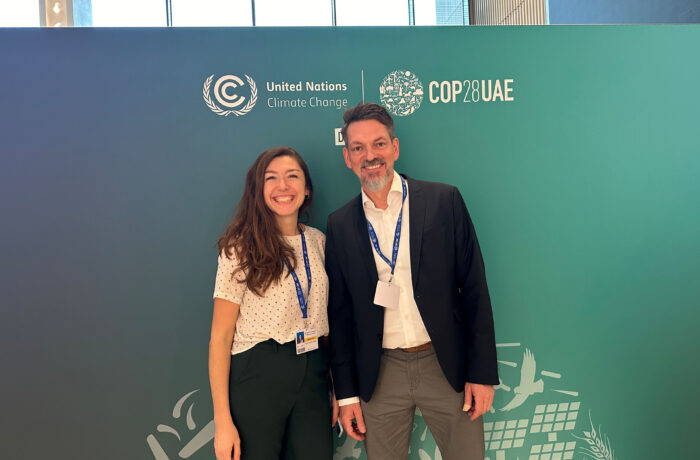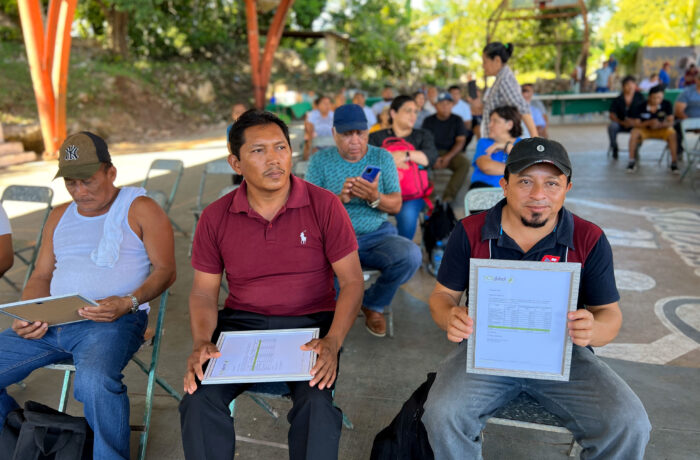The German weekly SPIEGEL published in a recent edition an article reporting that planting trees and building forests to fight climate change are simply trendy marketing efforts and rather useless for real climate change mitigation; plus, that reforestation efforts are often failing due to a lack of proper quality standards and management. One key message: Those efforts undertaken by companies are often simply greenwashing.
We agree that it is important to illustrate the dogy quality of current tree planting excesses and their “Wild West” methods. And for sure, bad apples exist, examples of poor management or deliberate intentions of marketing campaigns which solely highlight the number of trees planted (the more the better). This issue, however, should not hide the fact that there are numerous successful examples of robust forestry projects around the globe. What makes them successful? It’s not about counting trees, it is about the long-term high quality forest management (trees not necessarily become forests), and the long-term commitment.
Professional, scientifically sound, technically skilled, site-specific management and constant monitoring are the main ingredients to build and maintain forests and store carbon for a long time. Wherever these factors are applied, forest ecosystems will flourish and show verifiable positive effects – protecting climate, biodiversity, water supplies and soils; providing for communities’ livelihoods in developing countries, and sustaining an essential lifeline for all societies and economies worldwide.
The notion that reforestation efforts, especially as parts of serious corporate climate strategies, are doomed to fail is one-sided (if not false).
It ignores the fact that over the last 20 years, quality criteria, standards, carbon metrics, monitoring, audit and certification systems have been developed and put in use. These risk and quality management tools and “safety nets” have been designed and are constantly improved by including broad stakeholder coalitions (among them many environmental and social NGOs, like Gold Standard, VERRA, FSC).
Building intact and long-lasting forests is a generational task (and usually takes place without the limelight) which requires endurance, experience and (corporate) engagement. It shall be promoted and not be discredited when applying available best practices and standards.
To mitigate and adapt to climate change, we need all hands on deck.
Healthy forest ecosystems are an essential part of the solution. Companies willing to invest in this solution and implementing existing quality criteria should be welcomed when they do. They don’t need to.



